A chemical element and rare precious metal, gold has been sought after for millennia by societies around the world. Sculptors, jewelry makers, and architects have drawn on its bright yellow luster to create and ornament their creations. Resistant to rust and corrosion, gold is also useful in electronic components, and serves as a material for dentists' crowns and fillings. Gold coins served as currency until the twentieth century, and nations around the world still use gold bouillon as a reserve store of their national wealth.
A Soft but Precious Metal
Gold in its pure form is very dense, but also one of the softest and most pliable of all metals. The purity of gold is measured on the karat scale, symbolized by a capital K. On this scale, 24K represents pure gold (or 24 parts gold out of a possible 24), with no alloys. Gold marked as 21K gold is 87.5 percent gold (21 parts out of 24). The word karat is sometimes confused with "carat," a measure of weight for diamonds and other gemstones.
Gold and its Alloys
21K gold contains one or more alloys. These are metals such as copper, silver, or palladium that are amalgamated with pure gold. The use of copper gives a reddish tint to the gold; jewelry makers can use other metals to create rare blue or purple gold. Alloying gold with nickel or palladium subdues the bright yellow color to create "white gold." Since gold is a soft, easily shaped element, adding harder metals makes gold jewelry and pieces more durable.
Common Forms of Gold
The most common commercial forms of gold are 14K, which represents 58.3 percent purity, and 18K gold, which represents 75 percent purity. In general, the higher the carat measure (or karatage), and the lower the amount of alloy, the more yellow the gold is. Until the middle of the twentieth century, most gold coins were made of 22K gold, a tradition abandoned in later years when mints around the world began making investment-grade coins in 24K gold.
The International 21K Gold Market
As a purer form, 21K gold (87.5 percent purity) is softer and more malleable than 14K gold. The 21K form is commonly used in jewelry and is especially popular in India, where consumers purchase more gold than in any other country. Goldsmiths in the Middle East also favor 21K gold, which is sometimes marketed as "Arabian gold."
The Law of Gold
Although 21K gold is rare in jewelry manufactured in the United States, it is popular for other uses, such as delicate watch parts and for the nibs (points) of fountain pens. By law, an item of gold in the United States must carry the small "k" mark to indicate purity, and a manufacturer's stamp. The country of origin may also be shown. Pieces of less than 10K purity cannot be legally sold as gold in the U.S. In Europe, gold is measured by a three-digit number expressing purity, with "875" equivalent to 21K gold.
Testing for Karats
Metallurigsts and jewelry makers can test 21K gold for purity in a number of ways. Using a fire assay (examination) or inductively coupled plasma spectrometry (ICP), however, will destroy the piece tested. Testing gold for its purity by X-ray fluorescence (XRF) is a cheaper, non-destructive method. The demand for purity testing is rising along with the price of gold and the exchange of scrap gold.
Related Articles

What Does 585 Mean on Gold?
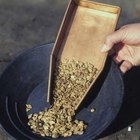
Difference Between 18K Gold Price & 24K ...
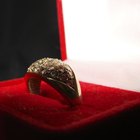
What Is 18 Carat Gold?

What Is 916 in Jewelry?

What Is the Difference in K and KT in ...

What Are the Differences Among 24K, 22K ...

Metal Types for Rings Similar to ...
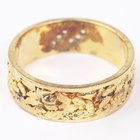
How Can I Test Rose Gold?

How to Tell If It's Gold Filled or ...

Tanzanite Vs. Diamonds
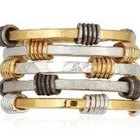
How to Clean Vermeil
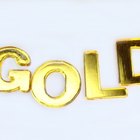
What Is the Difference Between 9K & 14K ...

What Is Stainless Steel Jewelry?
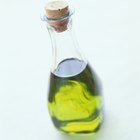
How to Polish a Dull Amber Ring

How to Clean Sterling & Turquoise ...
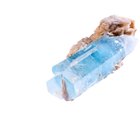
List of the Types of Semi-Precious ...

How to Find Out How Many Carats Are in ...

How to Clean Gold Jewelry With Stones

How to Tell If a Silver Chain Is Real

What Does Fake Gold Look Like?
Writer Bio
Founder/president of the innovative reference publisher The Archive LLC, Tom Streissguth has been a self-employed business owner, independent bookseller and freelance author in the school/library market. Holding a bachelor's degree from Yale, Streissguth has published more than 100 works of history, biography, current affairs and geography for young readers.